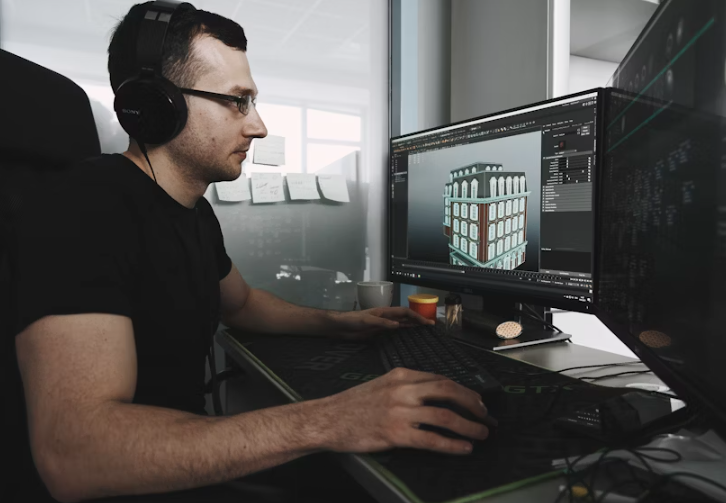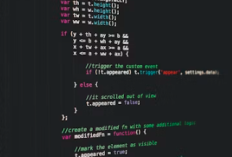Game Testing Behind Scenes: How Bugs Become Features

man-in-black-tank-top-wearing-black-sunglasses-using-computer-Maxim Tolchinskiy-https://unsplash.com/
Game Testing Behind Scenes: How Bugs Become Features
In the heart of every major game studio lies a quiet room filled with chaos—where testers battle armies of invisible glitches, unending crashes, and physics gone wild. It’s a world few outside the industry ever see. Yet, within this controlled disorder, some of gaming’s most iconic moments are born not from design brilliance—but from mistakes.
The Unexpected Art of Breaking Games
Game testers aren’t just bug hunters. They are digital archaeologists, excavating layers of code in search of inconsistencies that could destroy a player’s experience. A tester’s day might begin by running through the same level fifty times, jumping in odd corners, or walking backward into walls just to see what happens. Sometimes, what they find is disastrous. Other times, it’s magic.
Think of “rocket jumping” in Quake or “wave dashing” in Super Smash Bros.—these weren’t planned mechanics. They were quirks of physics engines and code timing, embraced by players and later integrated into sequels. In the lab, a bug is chaos; in the wild, it’s potential.
From Frustration to Innovation
In early development, every bug report reads like a confession: something went wrong, somewhere. But sometimes, a developer stumbles upon a glitch that changes everything. When a car in a racing game flips unpredictably but looks spectacular, it’s not just a mistake—it’s a cinematic effect waiting to happen.
Studios have even coined a phrase for this: “Bugs turned features.” It’s a delicate balance between discipline and serendipity, where QA teams and designers collaborate to decide which flaws deserve to live on. It’s creative improvisation at its finest.
The Human Side of Perfection
Behind the screens are human testers who work with meticulous patience. Many are gamers themselves, driven by the love of perfecting something imperfect. They share stories in hushed tones: the glitch that made NPCs dance uncontrollably, or the visual bug that created a haunting sunset effect—purely by accident.
These stories never make it into patch notes or press releases. Yet, they shape the final product more than anyone realizes. Because at its core, game testing isn’t about finding flaws—it’s about discovering hidden beauty in failure.
Key Points:
- Game testers act as both detectives and artists, uncovering flaws that redefine gameplay.
- Many beloved game mechanics were originally unintended bugs.
- Collaboration between QA and developers often sparks innovation.
- Testing reveals the human element in technology—patience, curiosity, and creativity.











